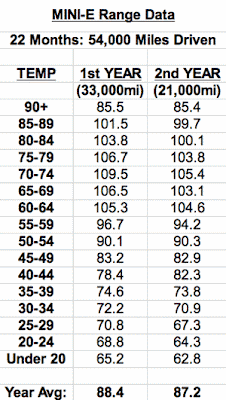LEAFfan
Well-known member
TonyWilliams said:I thought it was YOU who told us that the Nissan engineers in your area were specifically doing heat related studies, and reported verbally to you of a reduction in range? Did I misunderstand that?
Yes, you misunderstood. The only thing I was told about the 'heat testing' here was that QCing up to 6X a day did no more degradation to the battery pack than L2 charging. My theory is that the really 'cold' temps will definitely lower m/kW h, but not the hot temps.






